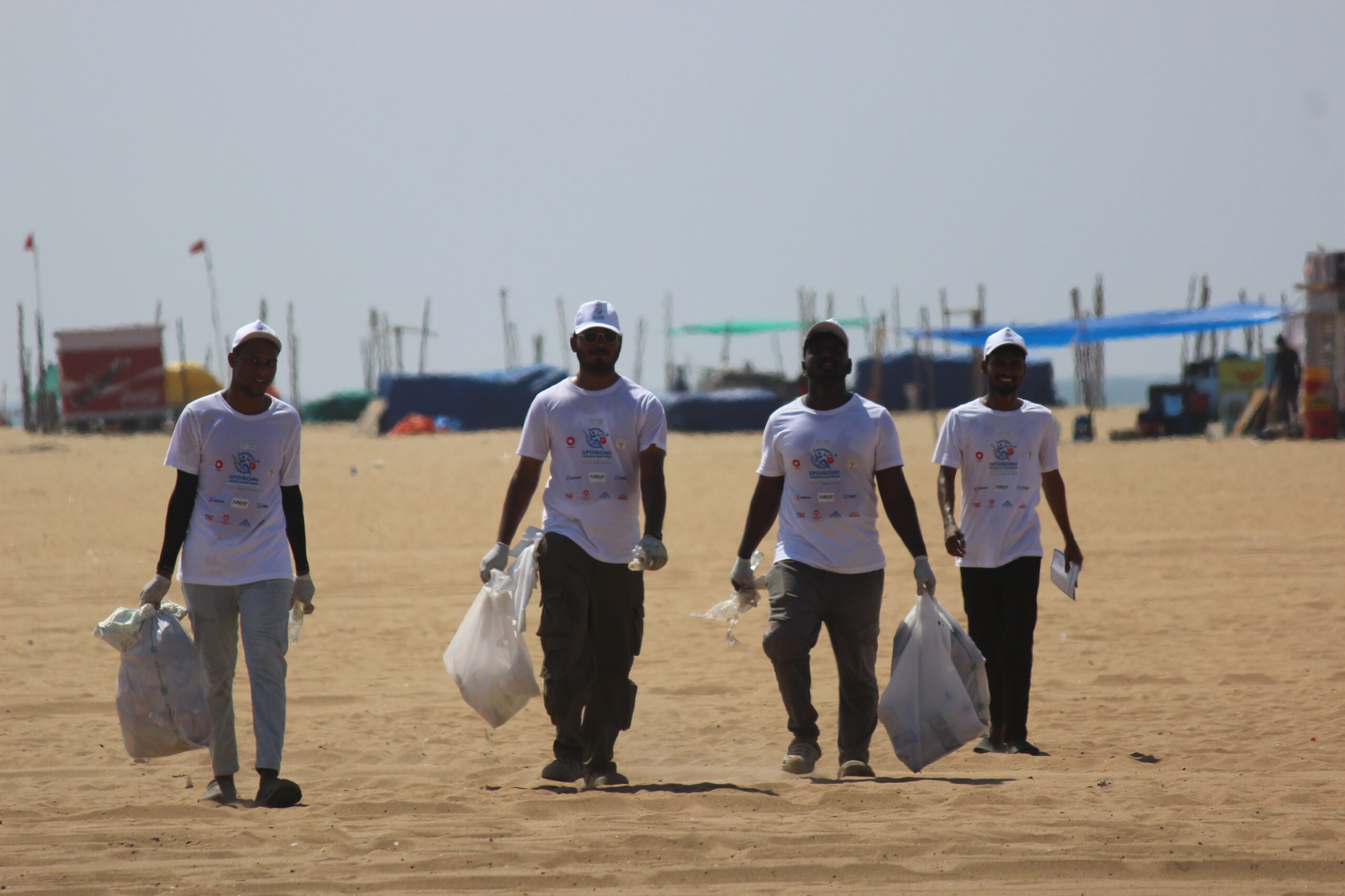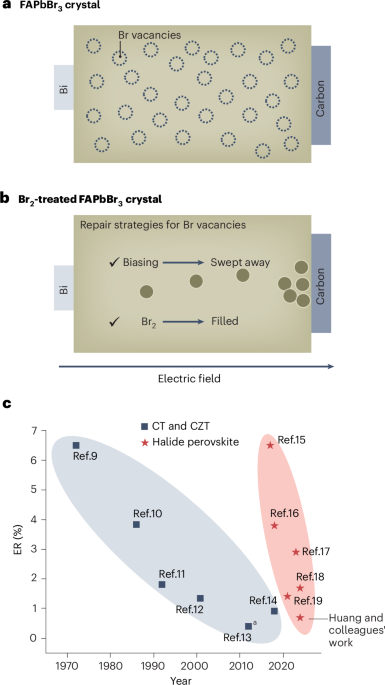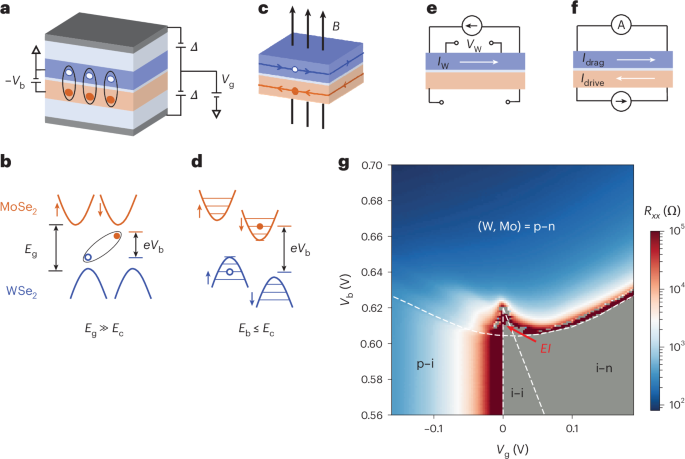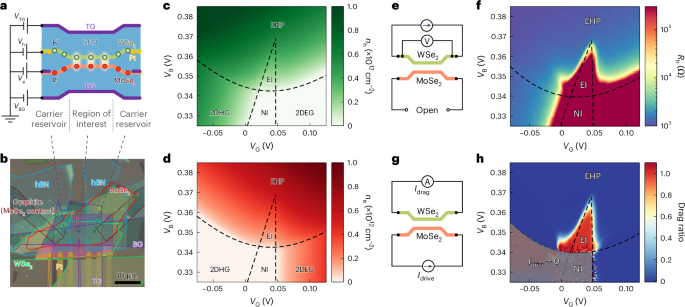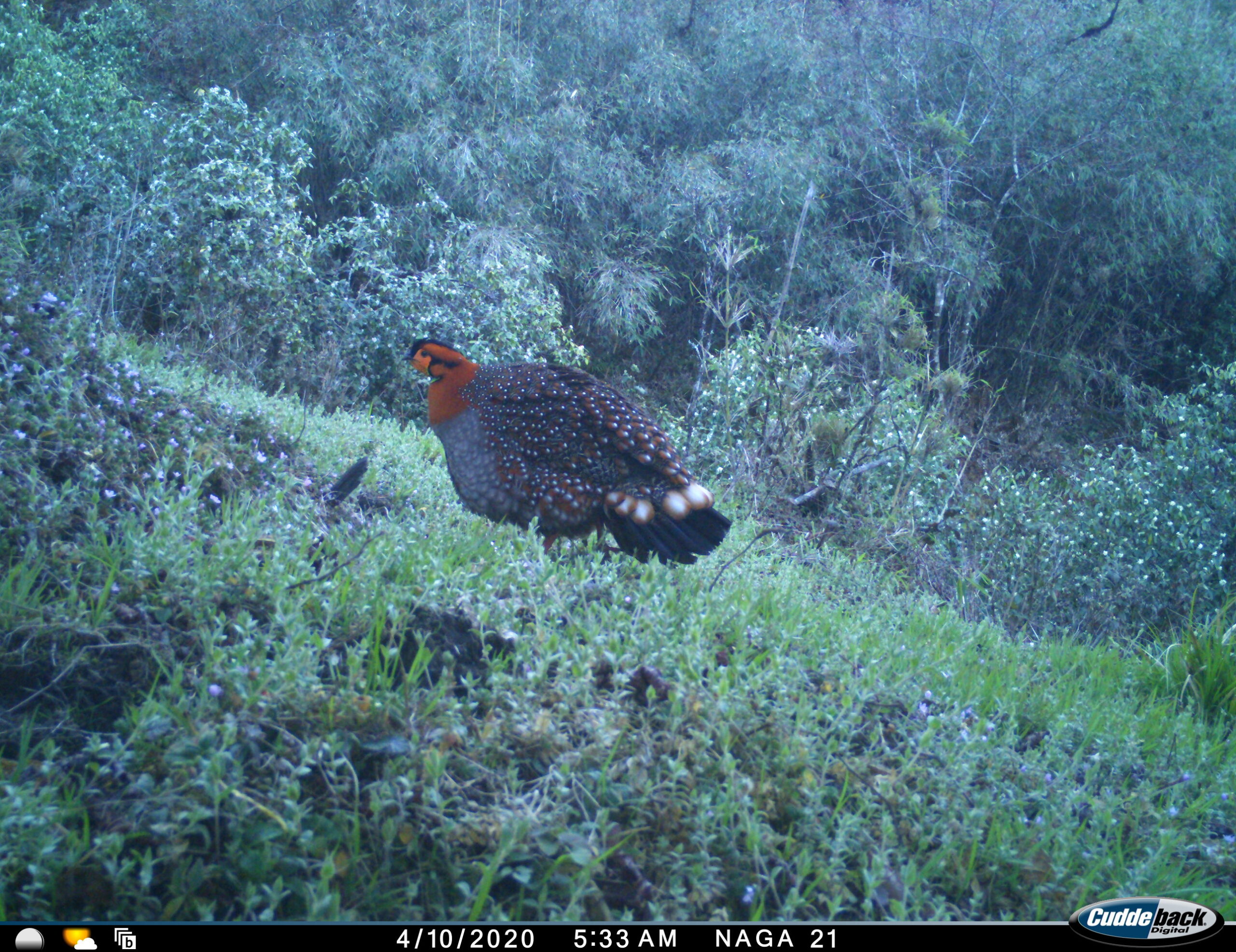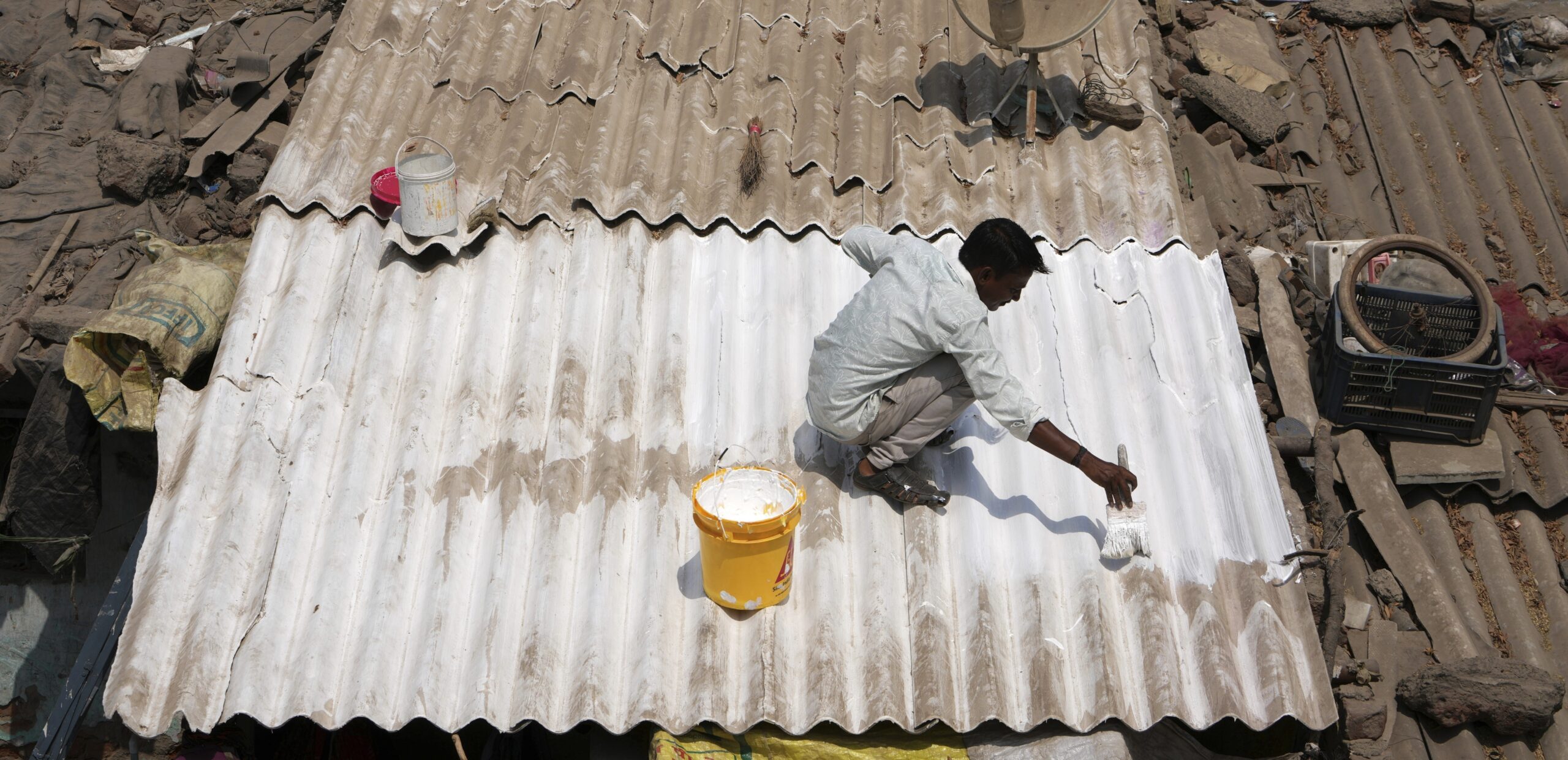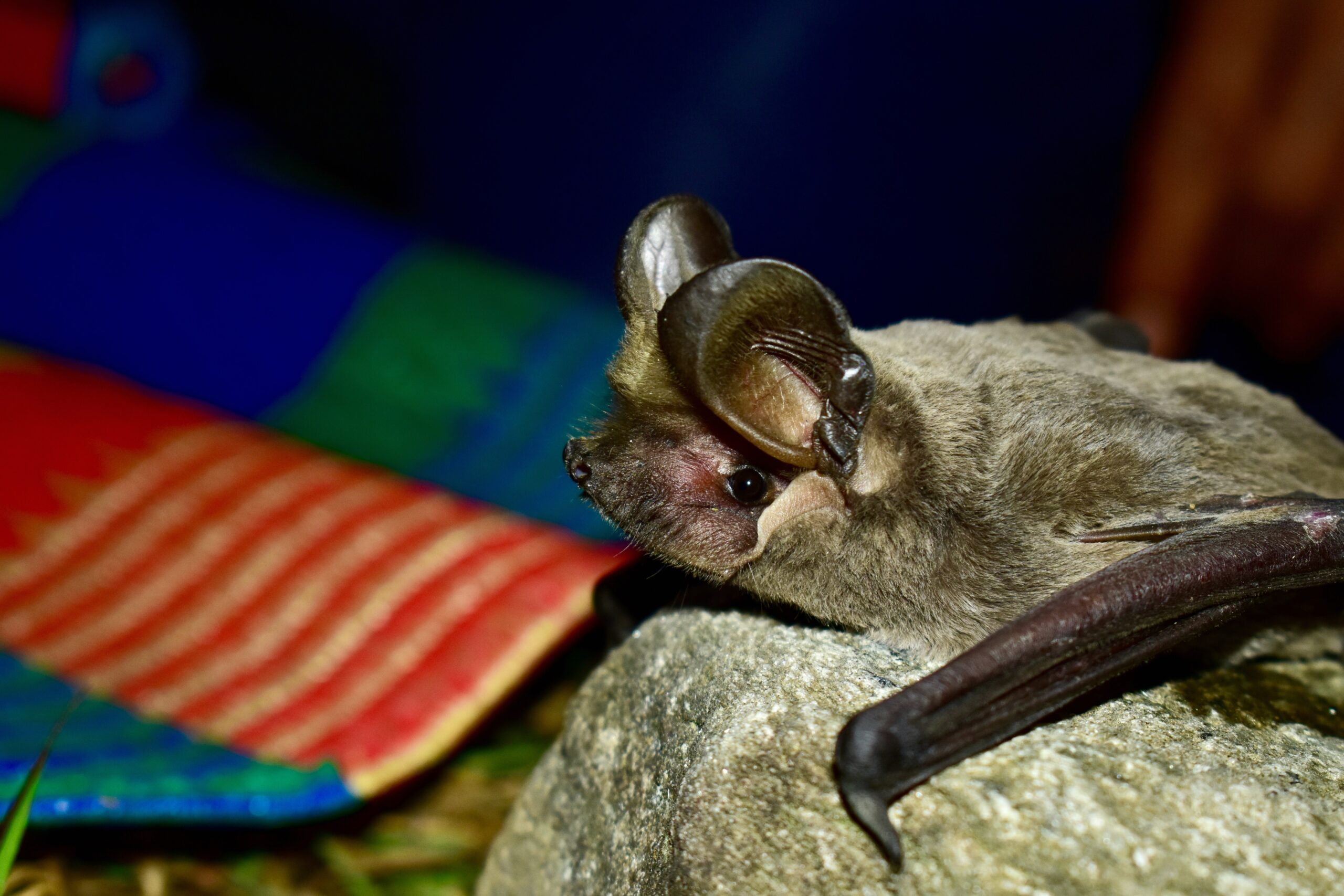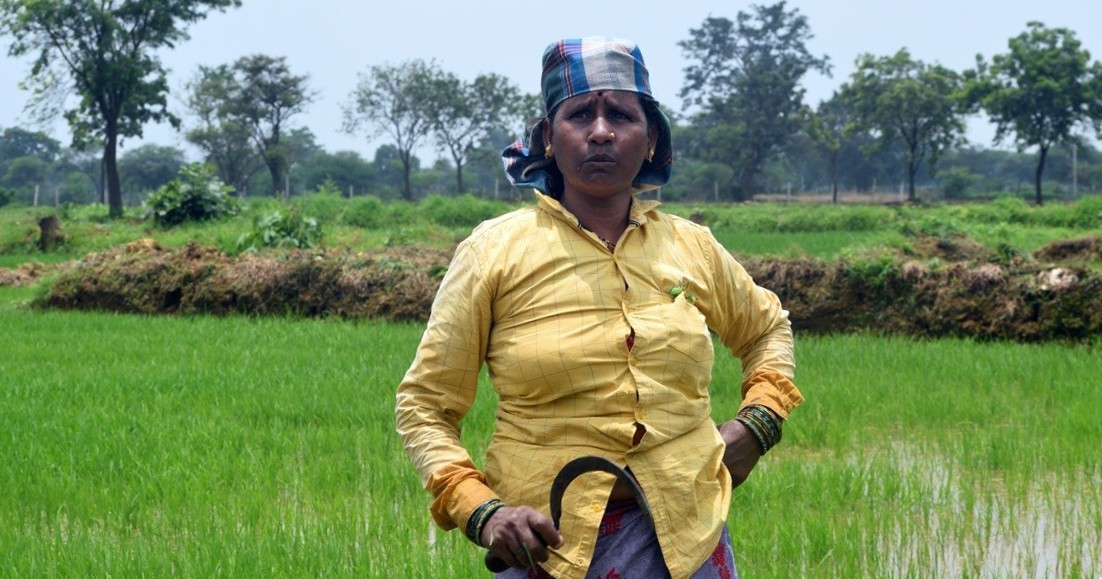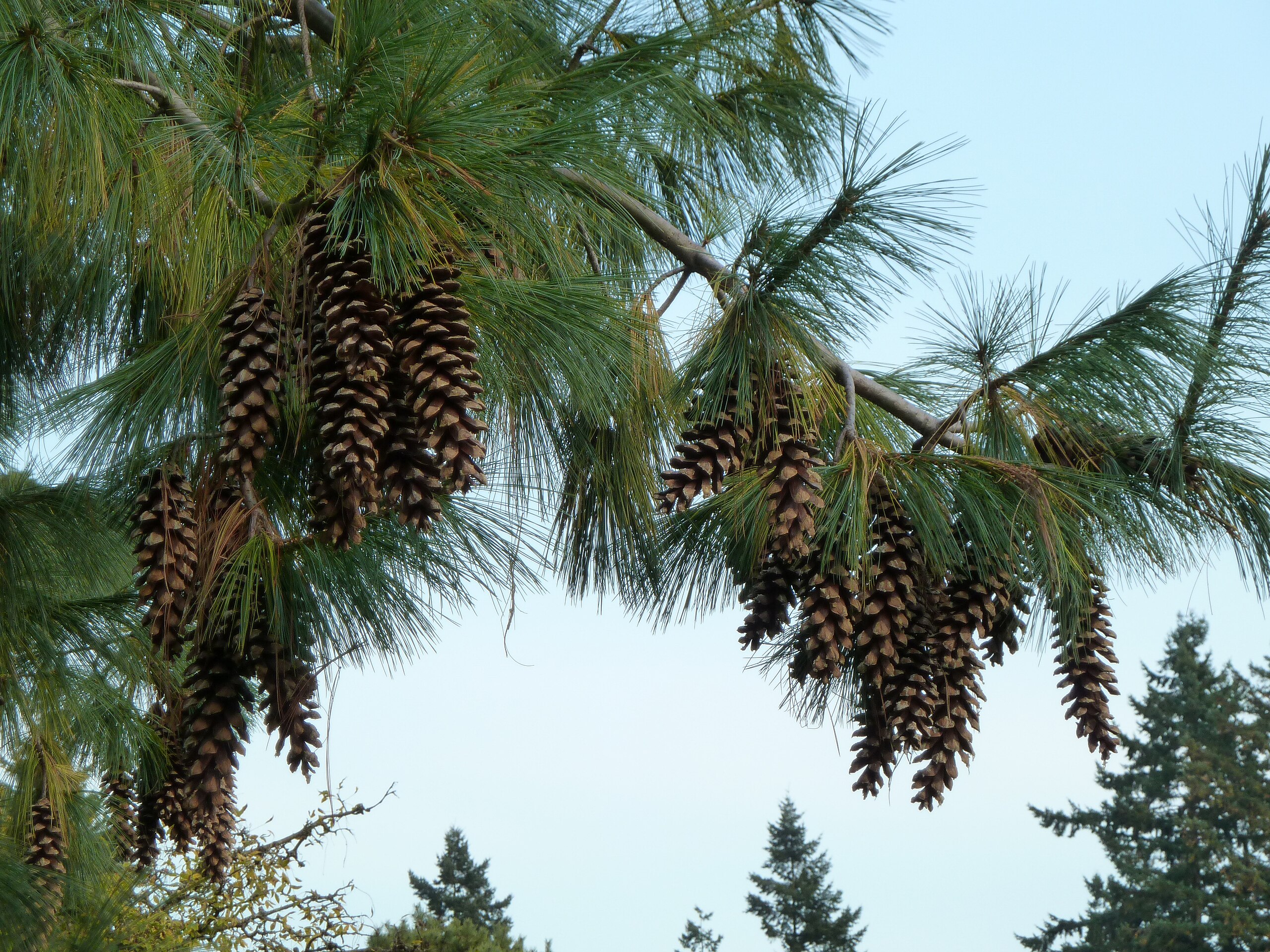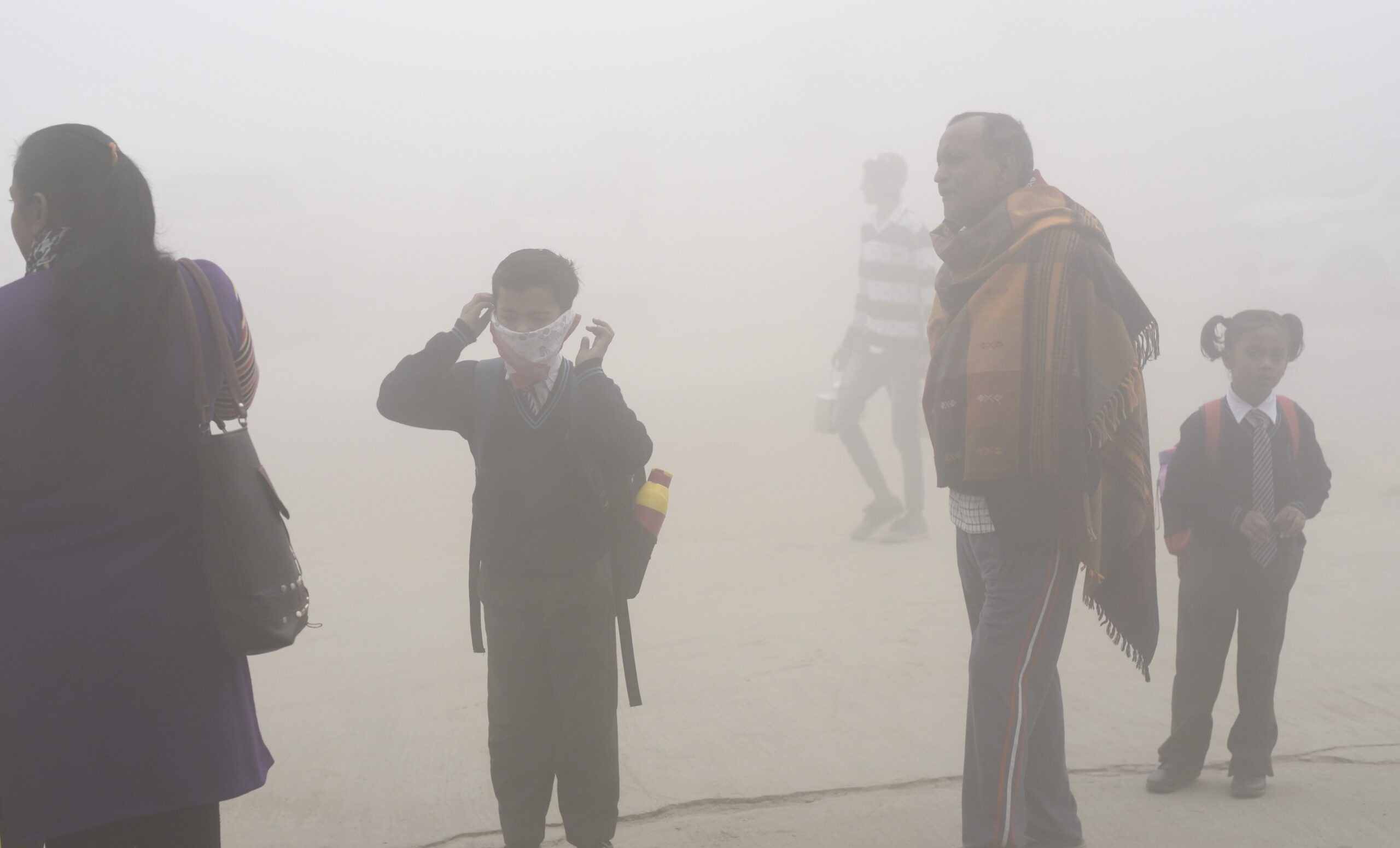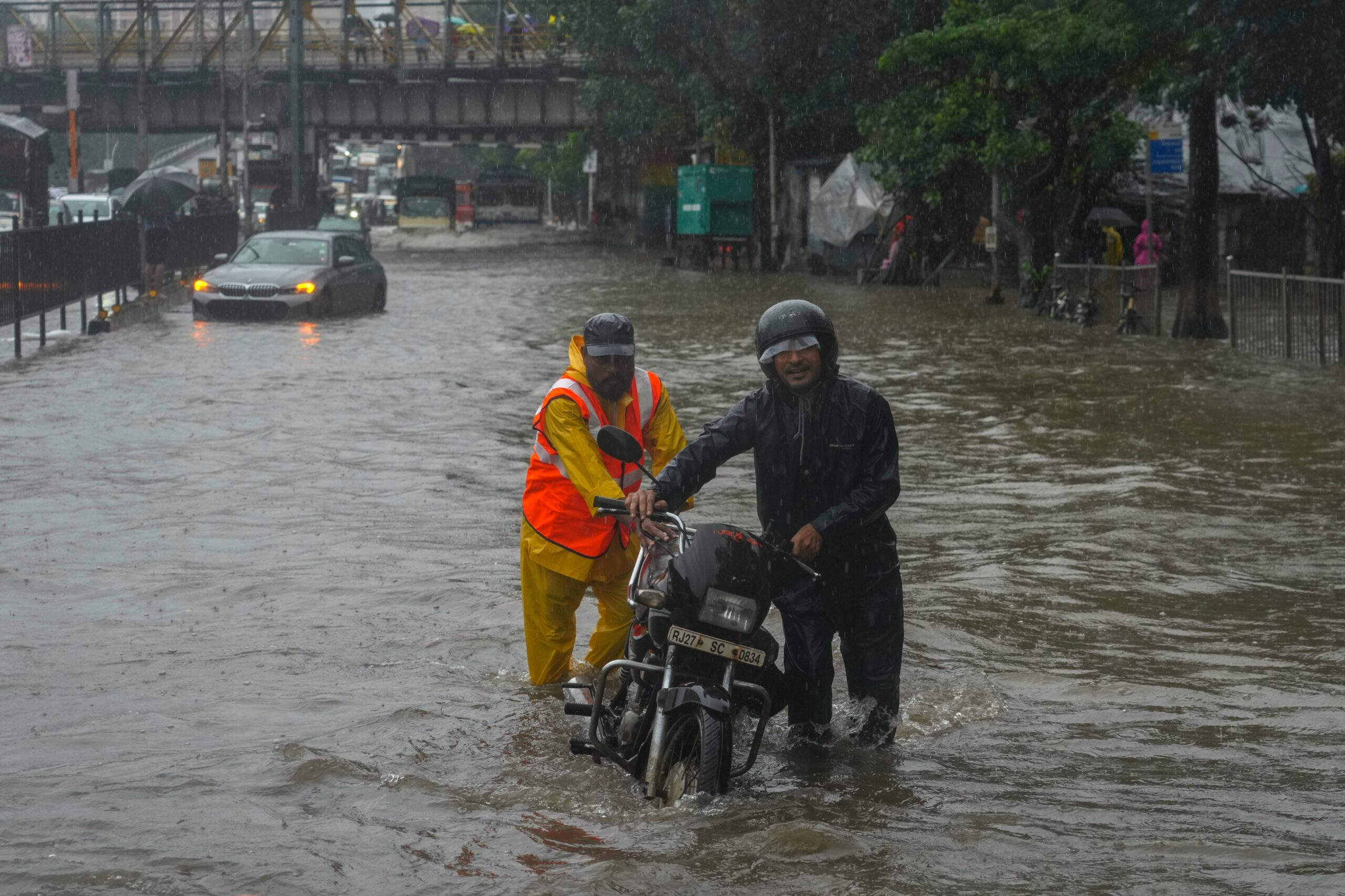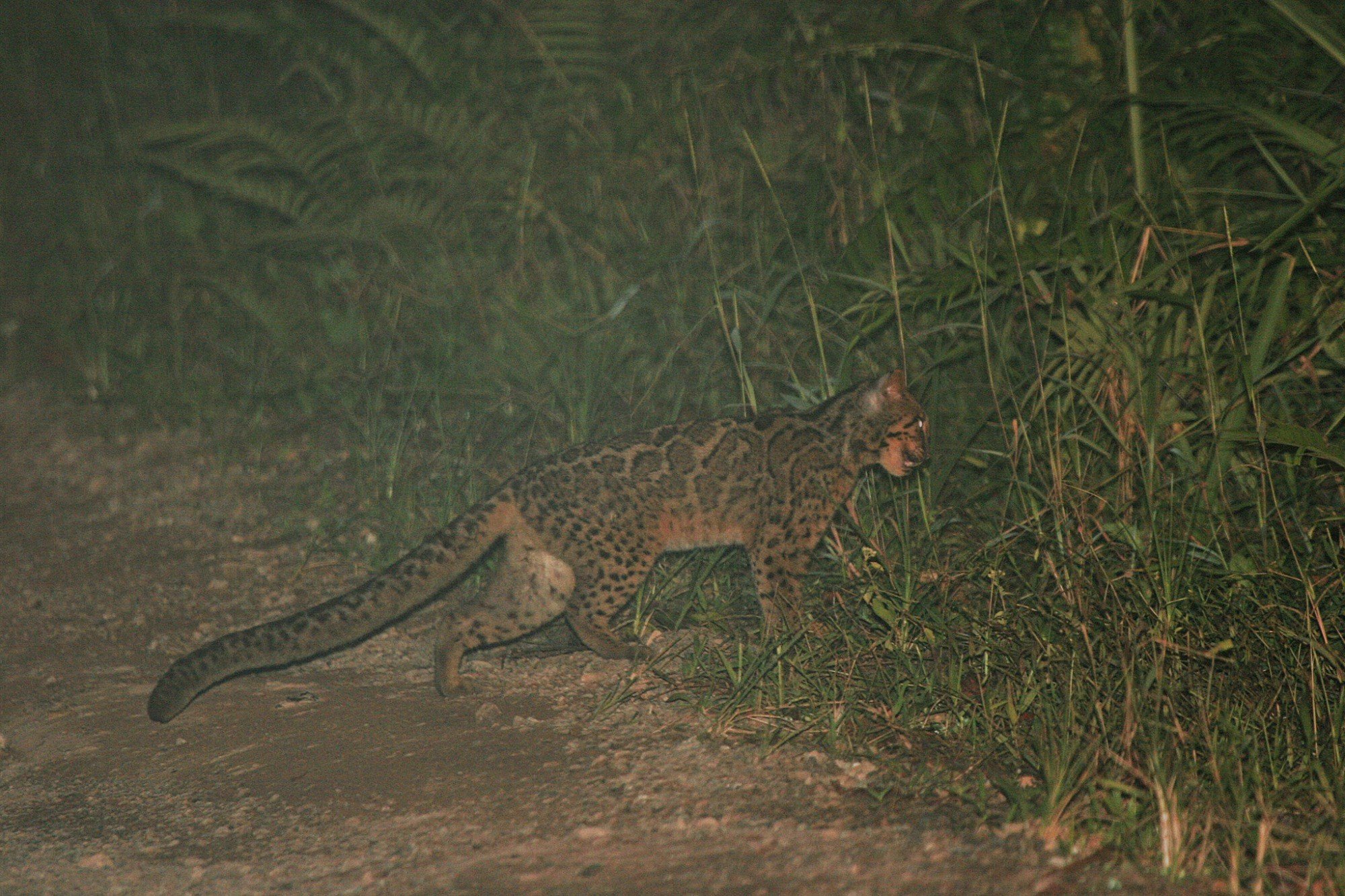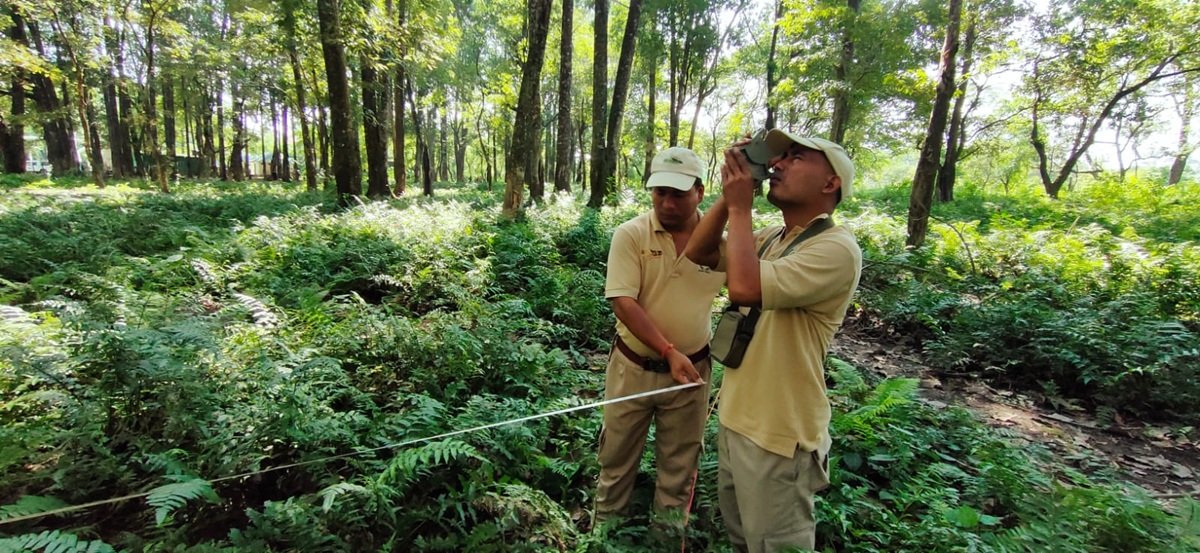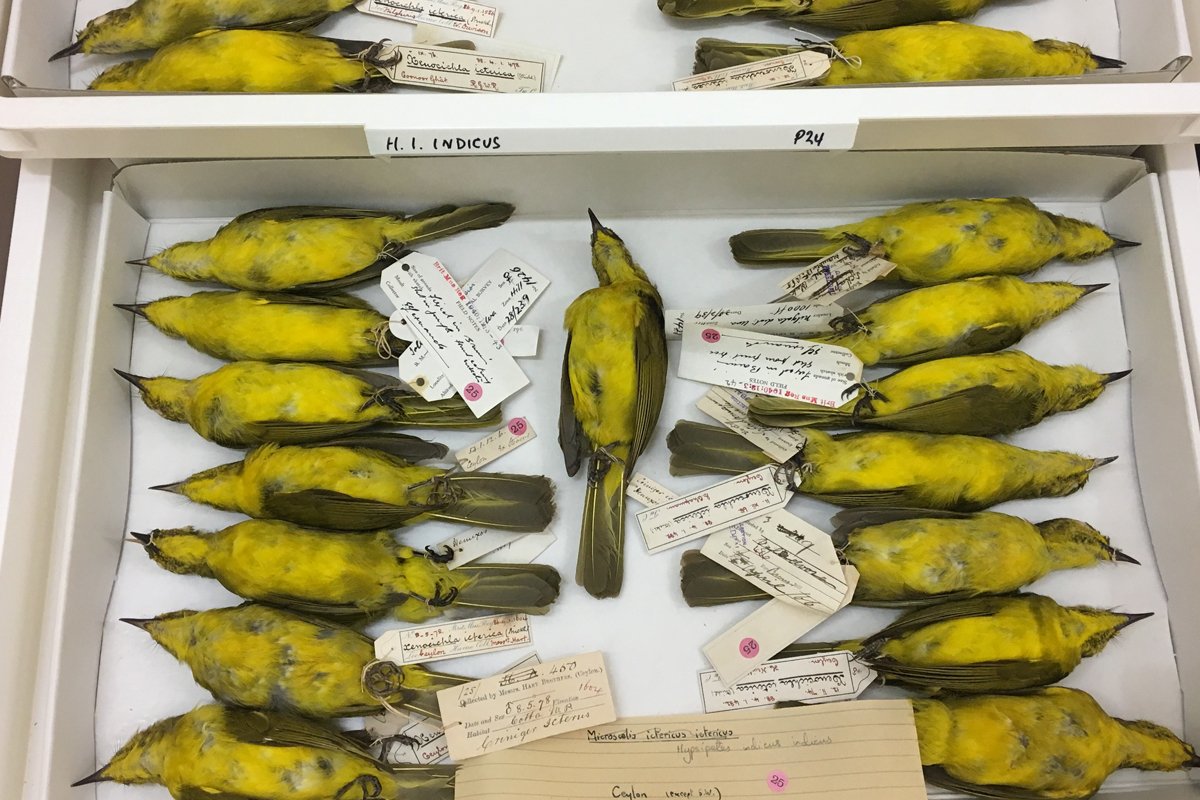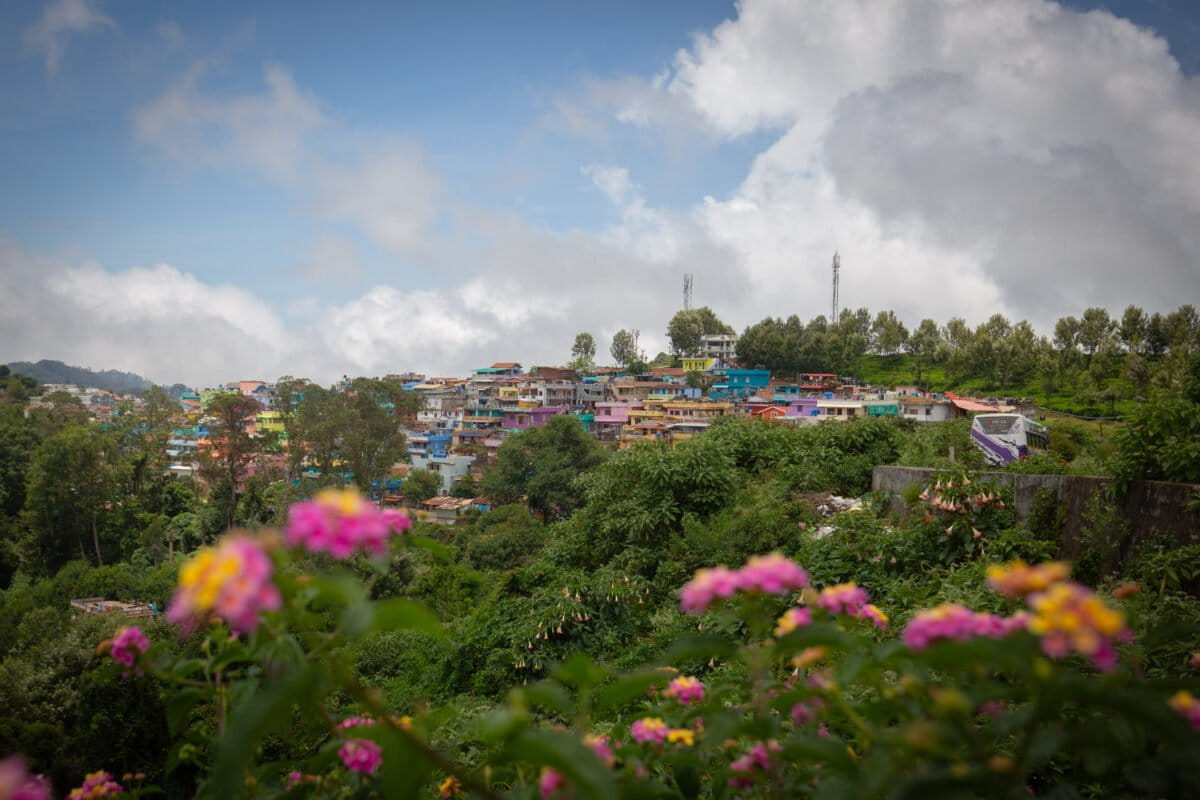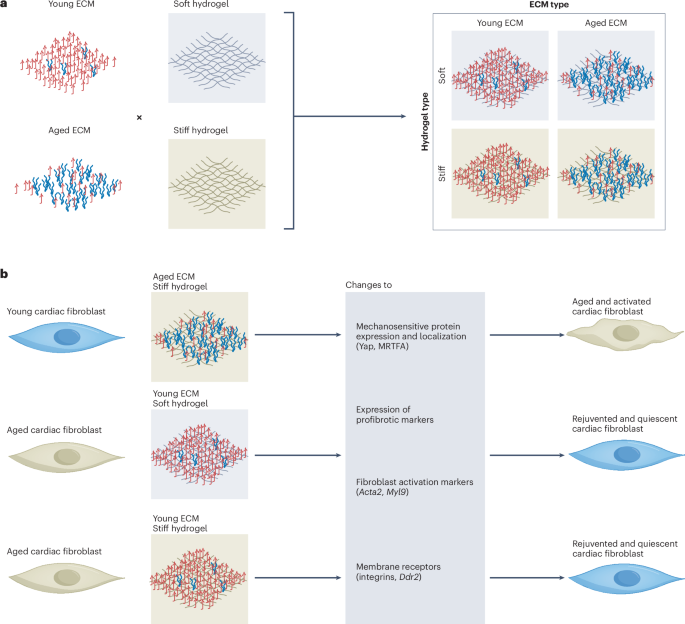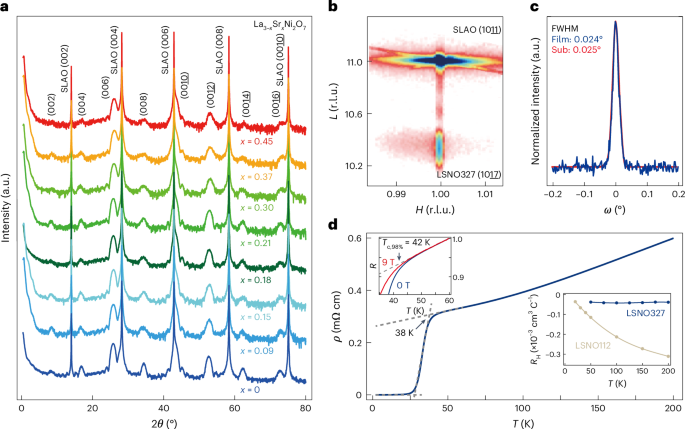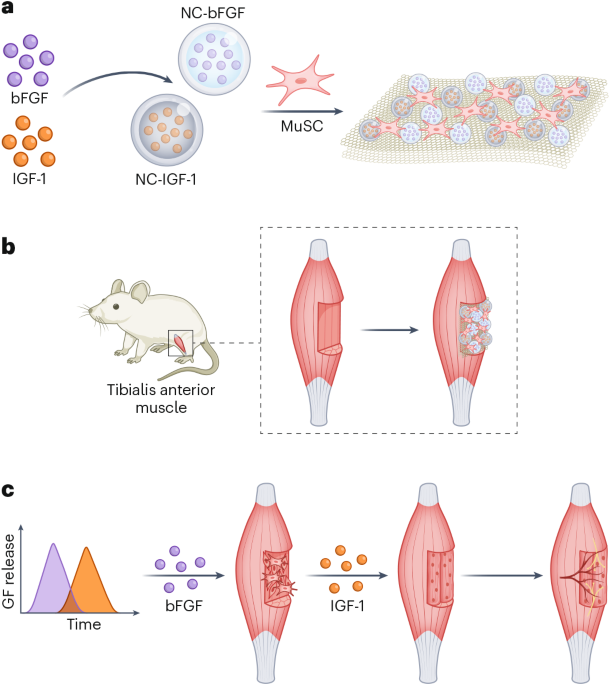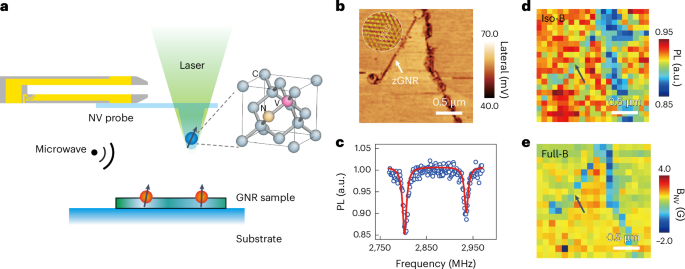
An artificial intelligence-based drought advisory tool developed in India was launched on July 7 at the AI for Good Summit in Geneva, an event hosted by the United Nations and co-convened with the Government of Switzerland. The AI for Good Summit is a global event organised by the International Telecommunication Union (ITU), a specialised agency of the United Nations, in partnership with over 40 UN organisations and other international partners.
The tool, named SukhaRakshak AI, is designed to provide early warning and location-specific guidance for managing drought. It has been developed by the International Water Management Institute (IWMI) in partnership with the Indian Council of Agricultural Research – Central Research Institute for Dryland Agriculture (ICAR-CRIDA) and the CGIAR Climate Action Program.
The pilot phase of the tool will start next month. The tool combines satellite data, seasonal and short-term weather forecasts, and district-level drought contingency plans.
The system uses Gemini 2.0 Flash, retrieval-augmented generation (RAG), and integrates data from sources including SADMS, Google Earth Engine, and global forecast systems such as NOAA, GEFS, and CFS, according to a press release issued by IWMI. “The system is intended for use by smallholder farmers, agricultural extension workers, and local authorities,” the release stated. “It delivers customised advisories through a chatbot interface, using AI models that draw from climate, weather, and remote sensing data.”
The tool seeks to address long-standing challenges in drought preparedness in India, where over 120 million smallholder farmers face periodic water stress and crop failures.
It aims to bridge the gap between early warning and early action by providing practical, timely advice tailored to the user’s location and role, said the press release.
SukhaRakshak AI delivers text and voice-based drought advisories in over 22 Indian languages through integration with AI4Bharat and Sarvam AI, ensuring access for rural users with limited literacy.
A key feature of the tool is its ability to deliver voice- and text-based advisories via mobile applications, WhatsApp, SMS, and IVR calls, making it accessible to users with low digital literacy or limited internet connectivity. The platform also incorporates a feedback loop, allowing users to share field-level observations and improve forecast accuracy over time.
Field trials are scheduled to begin in Odisha and Tamil Nadu in August 2025, with initial deployment targeting agricultural extension officers and local drought authorities. Wider access for farmers via mobile and web platforms is planned following the pilot phase.
Banner image: Farmers planting millets in Odisha. Image by Tanmoy Bhaduri/IWMI.






